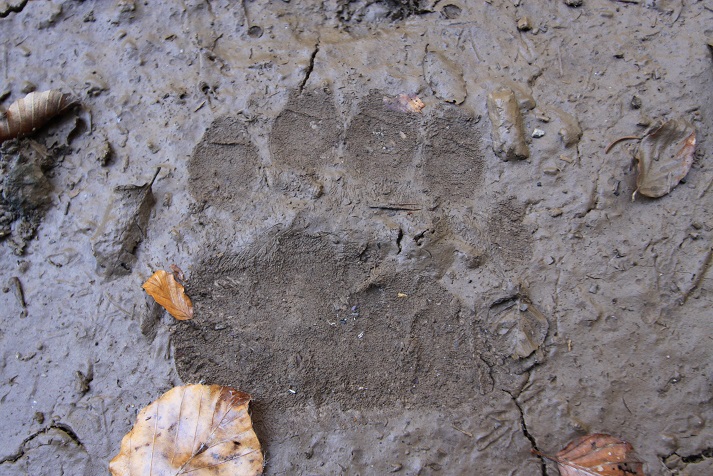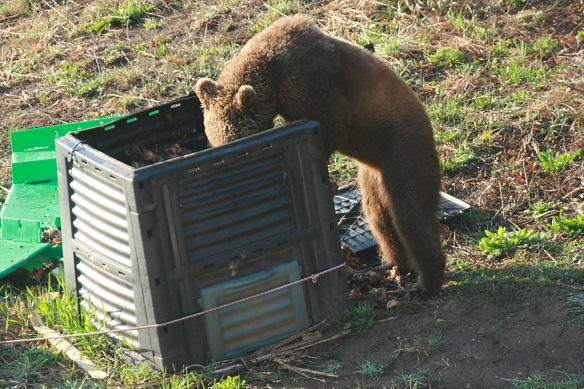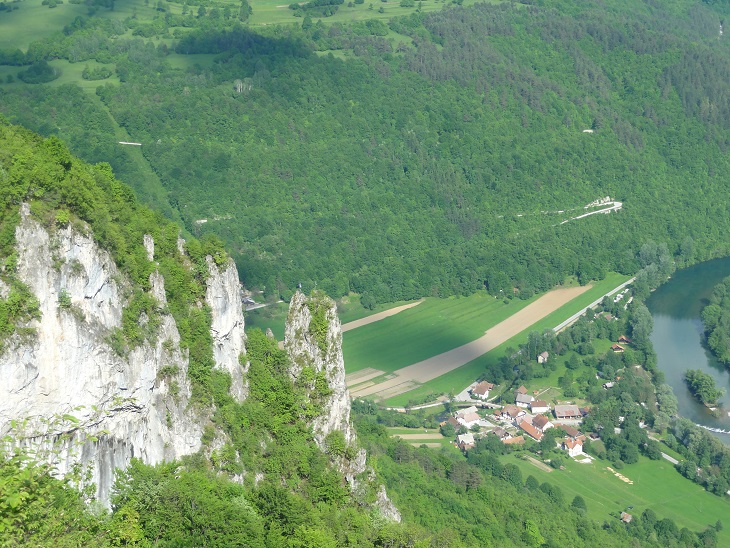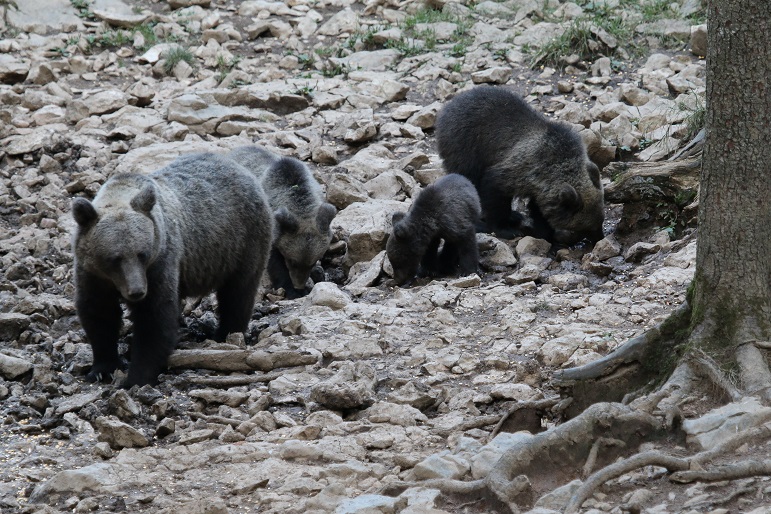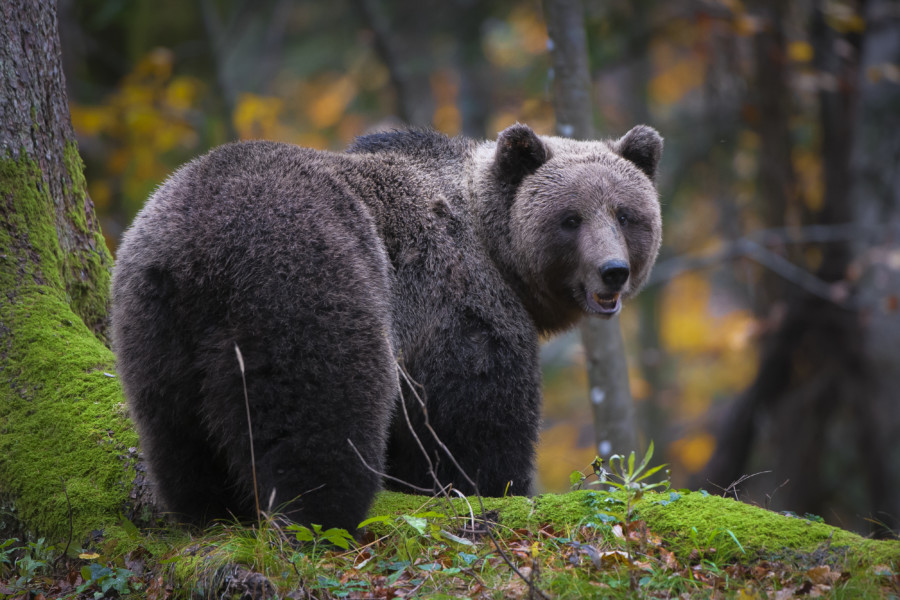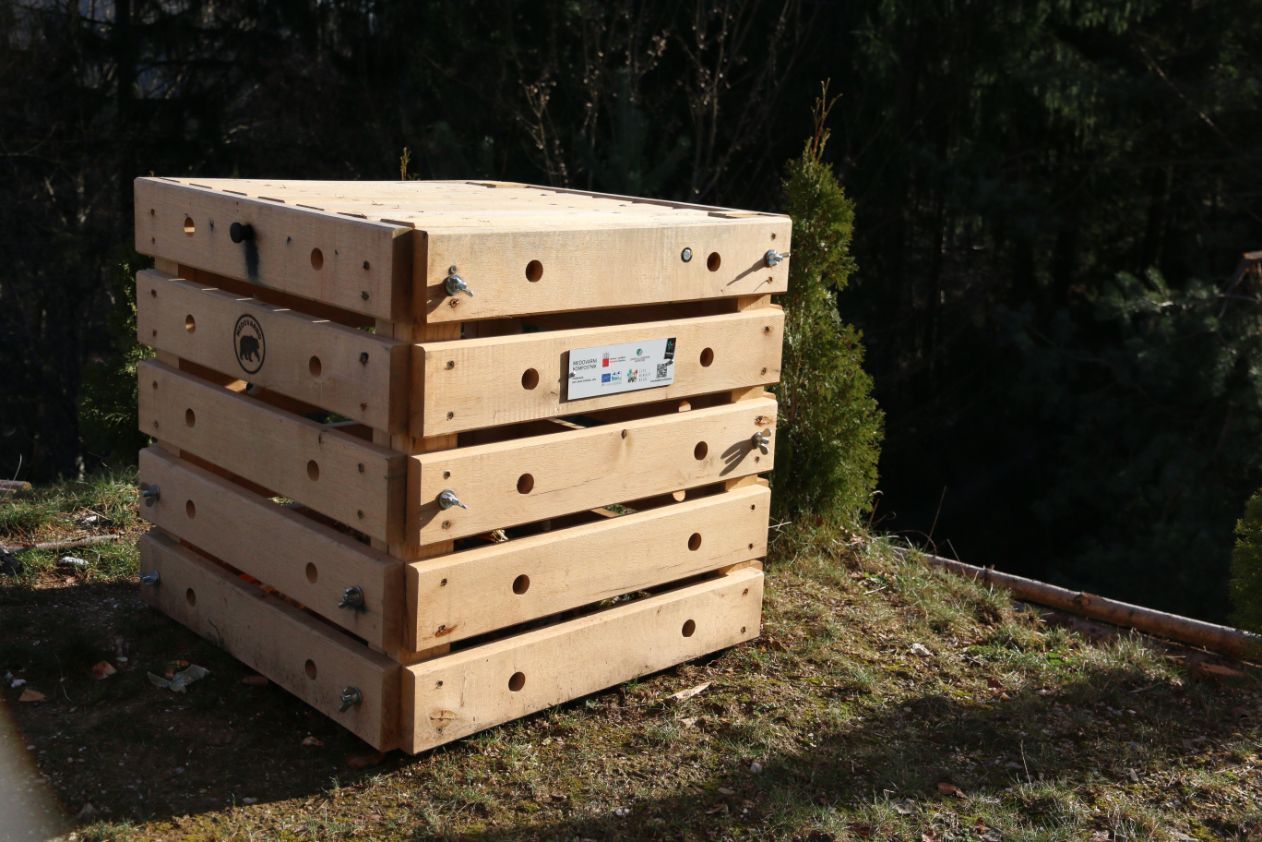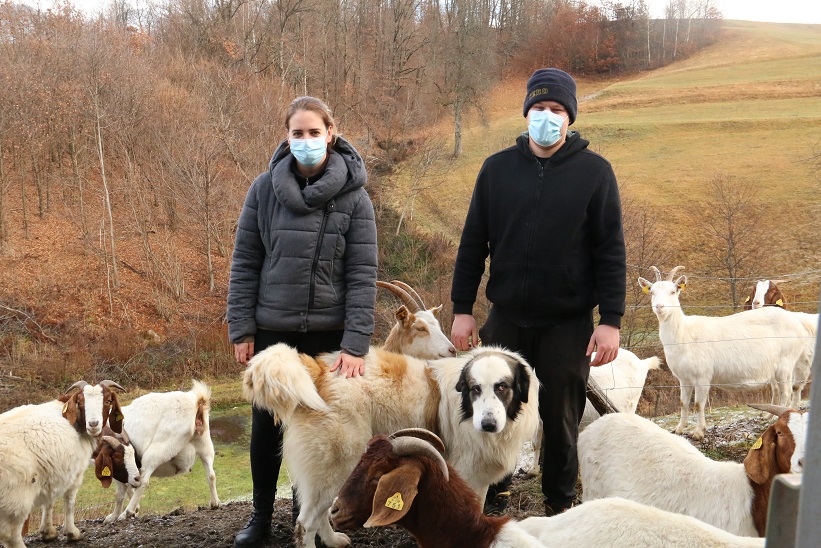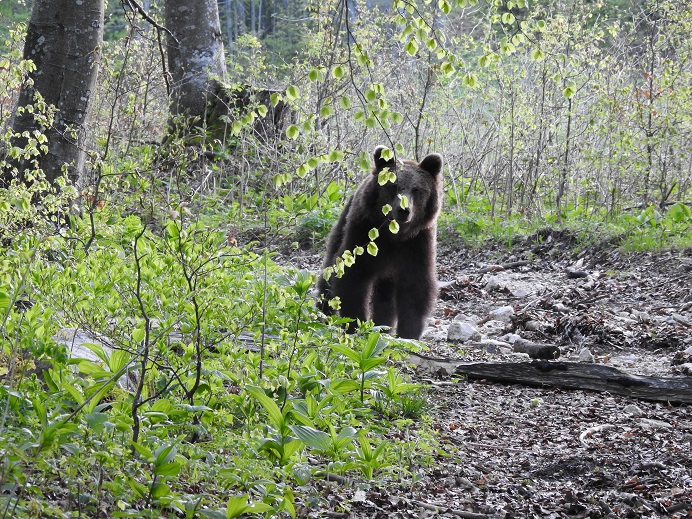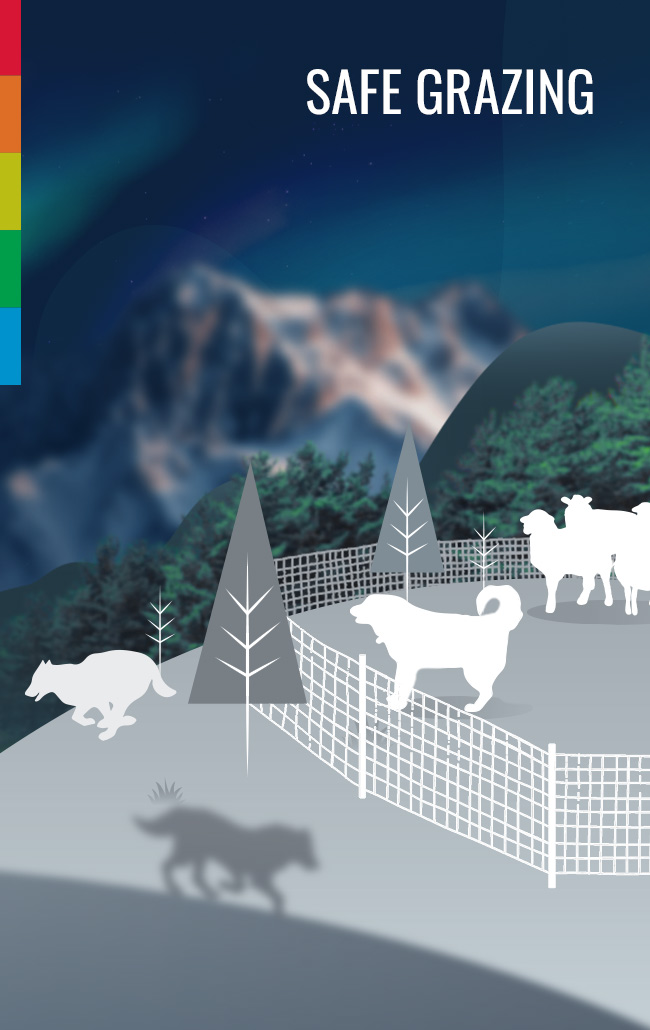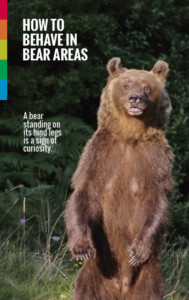Among many different possible conflicts between humans and bears, those that are a consequence of bear feeding behaviour are the most common. The distribution and gravity of conflicts depend not only on the quantity and on availability of anthropogenic food sources, but also on habitat characteristics, structure of landscape (overlap between bear habitat and settlements) and bear densities.
In this report, we analysed factors that influence i) bear presence in space and hence conflicts due to interaction with humans, ii) differences between bears in different areas, and iii) potential changes in bear behaviour over time.
We found that despite many conflicts in settlements, bears strongly prefer forest. They avoid cultural environment and farmland as well as settlements and roads. Conflicts are more likely to occur in areas with higher bear densities, in larger settlements and in settlements, where houses are closer to the forest edge. Distance of settlements to forest edge has shortened noticeable in the last decades, which is why bears probably feel safe also close to settlements. At the same time, settlements provide abundant anthropogenic food sources, which have been found on almost half of bear telemetry locations in the vicinity of settlements. Bears fed on anthropogenic sources such as organic waste, fruits and vegetables.
Click here to view the report (in Slovenian with English summary).



